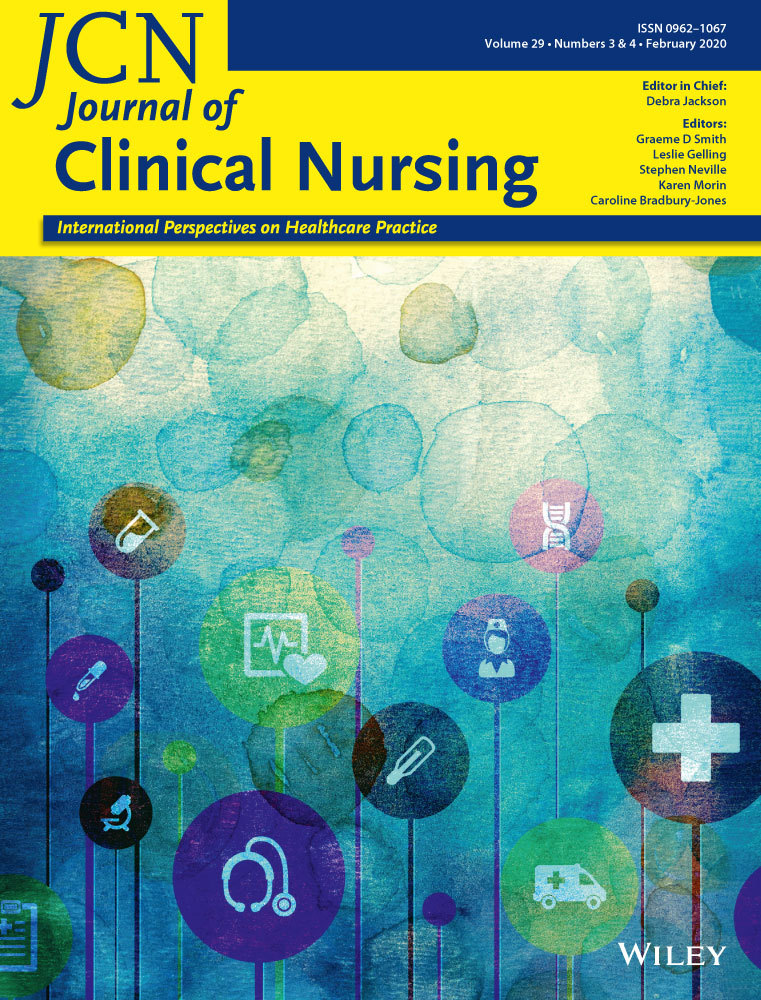Empirical model of clinical learning environment and mentoring of culturally and linguistically diverse nursing students
Funding information
This study was supported by Oulu University Scholarship Foundation for providing financial support for the cost of data collection.
What does this paper contribute to the wider global clinical community?
Environmental and relational dimensions are the most important for building an effective clinical learning environment.Orientation in the clinical placement is a core dimension that can enhance the supervisory relationship.The acknowledgement of students' cultural diversity is supported by a positive pedagogical atmosphere and it improves the mentoring relationship.Universities and healthcare organisations can jointly leverage the model to foster clinical learning environments in clinical practice.
Abstract
Aims and objectives
To develop and test an empirical model of clinical learning environment and mentoring of culturally and linguistically diverse nursing students.
Background
Clinical learning is an essential part of nursing education; nursing students are required to master clinical competences and build a professional identity during their education. The global mobility of nurses requires high proficiency in cultural adaptability as well as the successful integration of cultural diversity into the healthcare system on a national level.
Design
The research design was a quantitative cross-sectional study. STROBE statement was used to enhance the quality and transparency of research.
Methods
Data were collected from eight universities during the 2015–2016. The analysis included data from 187 participants, collected using the CLES+T scale and CALDs. Instrument validity was tested with confirmatory factor analysis, while the hypotheses were tested with a structural equation model.
Results
Pedagogical atmosphere was shown to be positively related to cultural diversity (0.66), orientation into the clinical placement (0.54) and the role of the student (0.25), and all of these relationships were statistically significant. These dimensions—with the exception of the role of the student—also showed a significantly positive influence on the mentoring relationship (respectively, 0.32, 0.71, 0.18). Fit indexes demonstrate an adequate model's fit.
Conclusions
The model needs to be further piloted and tested in organisational structures of clinical practice of culturally and linguistically diverse nursing students. The dimensions that explain mentoring in clinical learning needed to be further addressed in a theoretically consistent and empirically driven approach, according to these findings.
Relevance to clinical practice
In our study, we found that environmental and relational aspects are the most important for building an effective clinical learning environment. Universities and healthcare organisations can jointly leverage the model to foster clinical learning environments in clinical practice.
CONFLICT OF INTEREST
The authors have no conflict of interests to declare.




